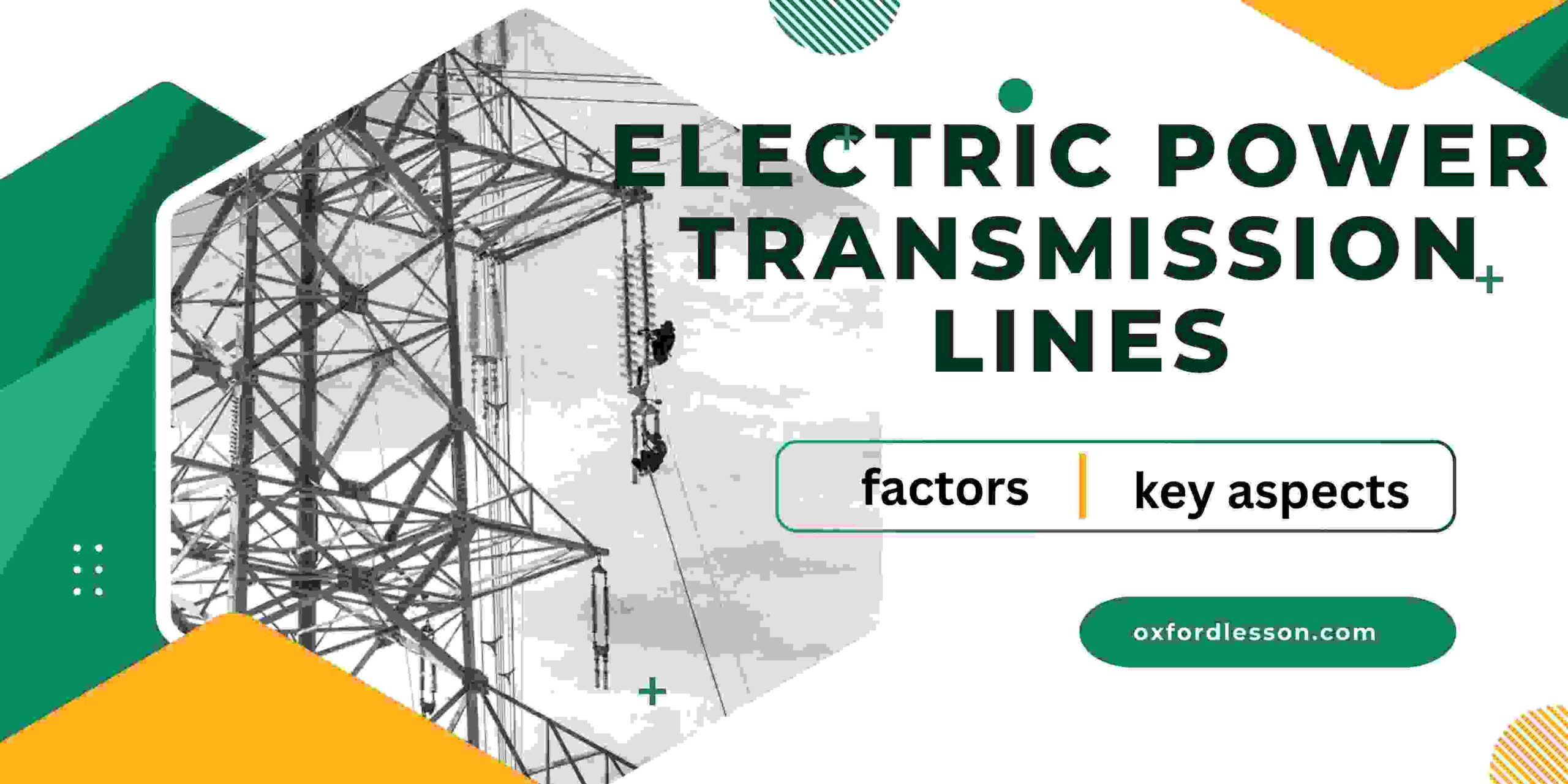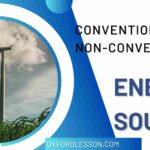Electric power transmission lines are used the transmit electric energy from the power plant to the consumer using overhead lines or underground cables. Electrical energy is generated at the power stations and should be transported to the utilisation points, which are situated at different locations. In this article, we are talking about some important factors mentioned above. Efficiency, energy loss, and safety are the most considerable factors in the power transmission process. The generated electrical energy is transmitted over a long distance as bulk. This call is called “transmission”. Then, from the intermediate points, the power is reduced using step-down transformers. This is known as power distribution”.
Factors affecting the Electric power transmission lines
The power transmission process takes higher voltage levels. What are the factors to consider for that? Commonly, two factors are considered:
- Amount of power transmitted
- Distance of transmission
Normally, many of the countries in the world where transmission voltage levels as high. The reason for that to reduce energy loss. The process of sending electricity through overhead lines and underground cables results in losses. Higher voltage transmission is very dangerous but economically Advantageous. On the other hand, higher voltage transmission will be more costly. Cables, auxiliary equipment and insulation requirements are more costly than the construction of overhead lines.
Electrical power distribution in Electric power transmission lines
Generally, transmission voltage is high kv range. In the distribution process, electricity should be transmitted to the consumer safely because high voltage is converted to a low voltage range. Reducing the voltage can take place in several steps; these steps differ by country. Electrical power distribution involves several steps to deliver electricity from power generation to the consumer. Follow this chart and get an idea.
| 1. Power Generation | · Power plant: thermal, solar, wind, hydro, nuclear, etc.· Voltage range: 11–25 kV |
| 2. Step-Up Transformation | · Generation Substation· Increased (110 kV – 765 kV) |
| 3. Transmission | · High-voltage transmission lines by towers, pylons· Voltage range is 110 kV – 765 kV· Transmit electricity over long distances efficiently. |
| 4. Step-Down Transformation (Primary Substation) | · Transmission Substation· Reduced using step-down transformers (33 kV – 132 kV) |
| 5. Primary Distribution | · Regional/Urban Distribution Networks· Voltage area (11 kV – 33 kV) |
| 6. Step-Down Transformation (Secondary Substation) | · Reduced to 230 V (single-phase) or 400 V (3-phase) |
| 7. Secondary Distribution | · Final stage of delivers electricity to homes |
| 8. Consumer Use | · 400 V for three-phase (commercial/industrial)· 230 V for single-phase (residential) |
Key aspects of electric power transmission lines
Critical and important aspects of this area. Many people find out what the key aspects of electric power transmission lines are. Starting from the power generation plant to the area substation, and finally to the electric consumers. What are the transmission line parameters? In here I can mention resistance, capacitance, inductance, shunt capacitance and long transmission lines. In this section, I will discuss key aspects of electric power transmission lines in industry. At the end of this section, you will gain excellent knowledge about this topic.
1. Voltage Levels
Generally, voltage is categorised as low, medium, high, extra-high, and ultra-high. High voltage and extra high voltage are used to reduce the energy losses over long distances, for that we can use (110 kV to 765 kV) and above. Electrical India Magazine categorised low voltage as not exceeding 250V, medium as 250V- 650V, and high as 650V- 33kV. In international standards, medium voltage is often defined as between 1 and 35 kV, while high voltage is normally above 35 kV.
2. Transmission Towers (Pylons)
Use to support overhead power lines. Resilient suspension, tension, and transposition towers. We can categorise pylons as suspension towers, tension towers, branch towers, and terminal towers. Generally, pylons’ height is 16-45 metres, and it depends on voltage and the terrain. We use Spacers & Dampers to maintain conductor spacing and reduce vibrations from wind. Using Ground Wires protects from lightning and grounding.
3. Conductors
Made of aluminium and used to achieve a suitable material balance of conductivity, weight, and cost. By using insulators, we can prevent current leakage to the tower and ground. In here, use specific conductors for underground conductors like aluminium or copper. It should be well insulated with materials like oil-impregnated kraft paper. Overhead transmission lines are cheaper and easier to maintain. Underground transmission lines are more expensive and difficult to maintain from weather. We can define two losses in here: one thing is resistance losses, and the next one is capacitive and inductive losses. In the maintenance process, we need to monitor the power system. Real-time monitoring using Sensors and SCADA. Regular inspection using drones, helicopters.
4. Substations
Substations are an essential point of electric transmission lines. Here, Step-down (near distribution) and Step-up (near generation) voltage levels. The transmission, distribution and transformation of voltage levels work on substations. Normally, they are found in towns or industrial areas, and it has several types of substations such as transmission, distribution, converter, and switching.


